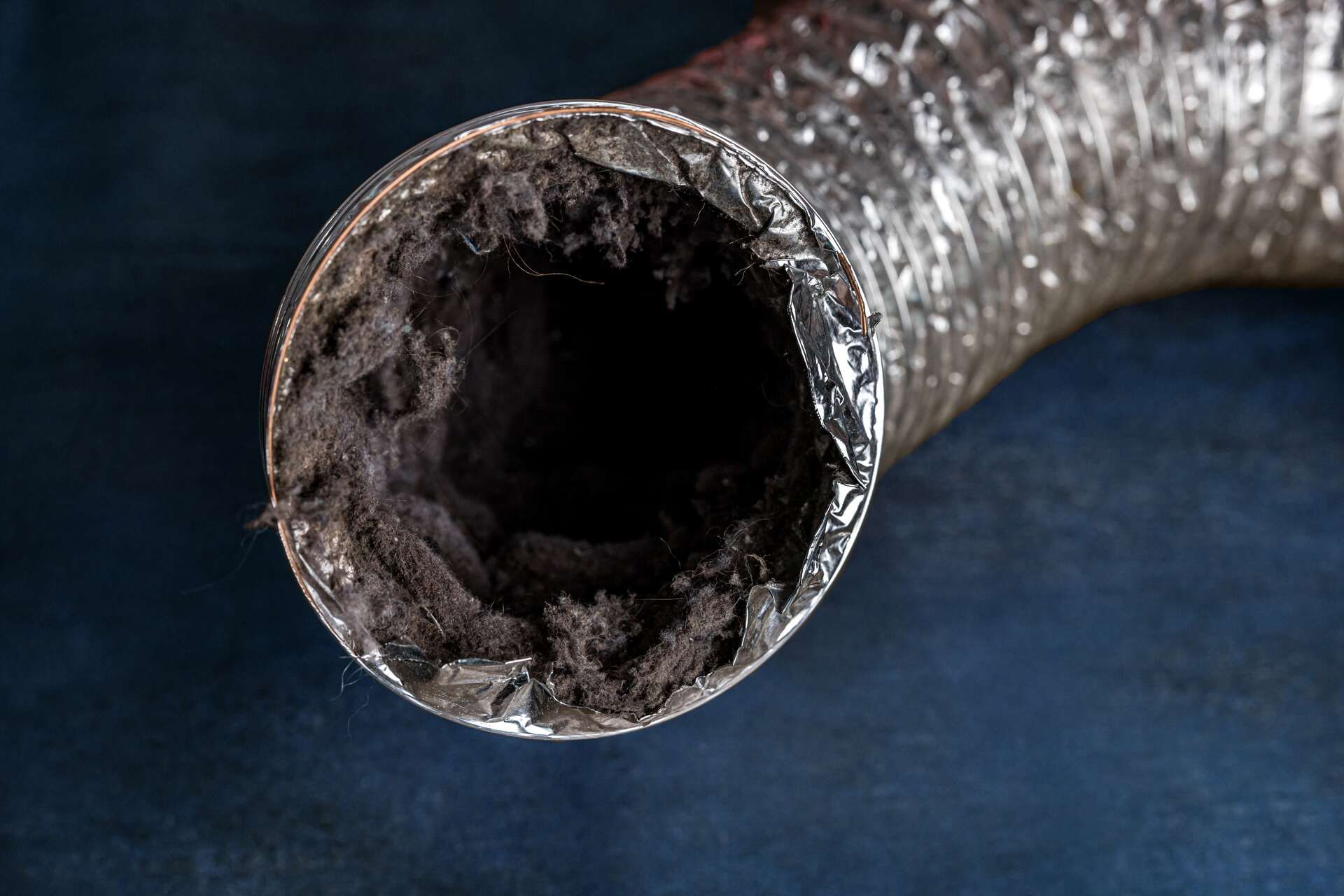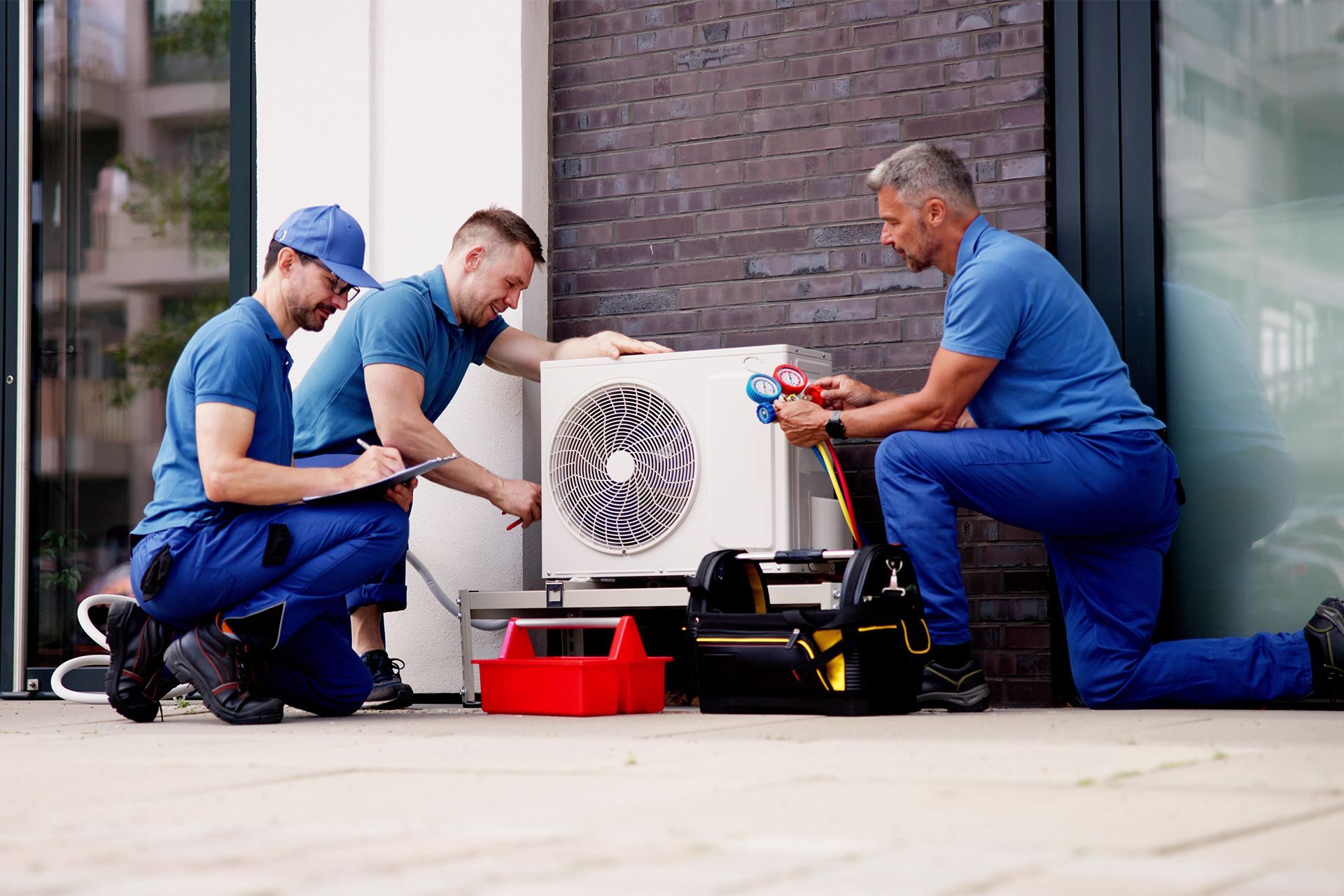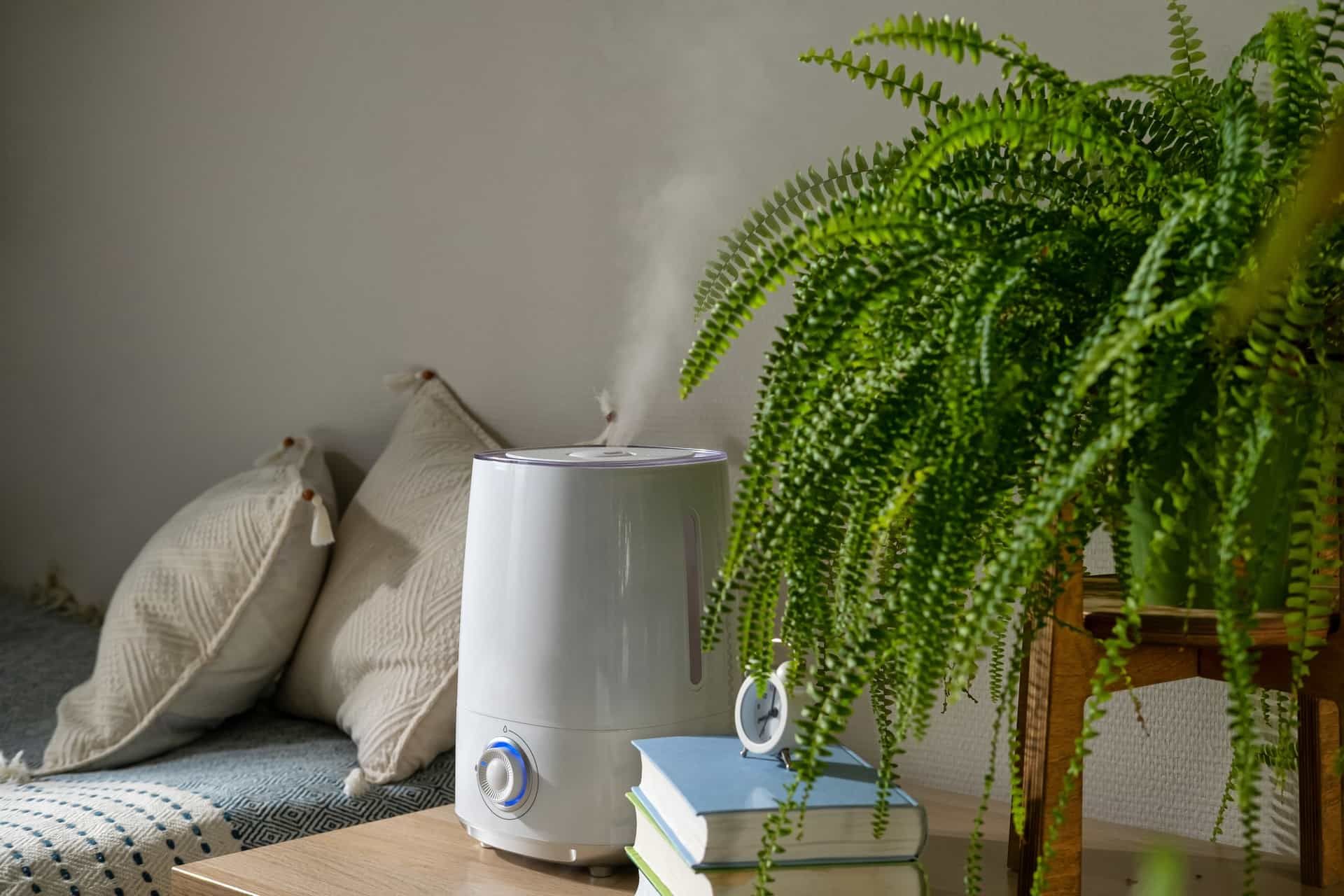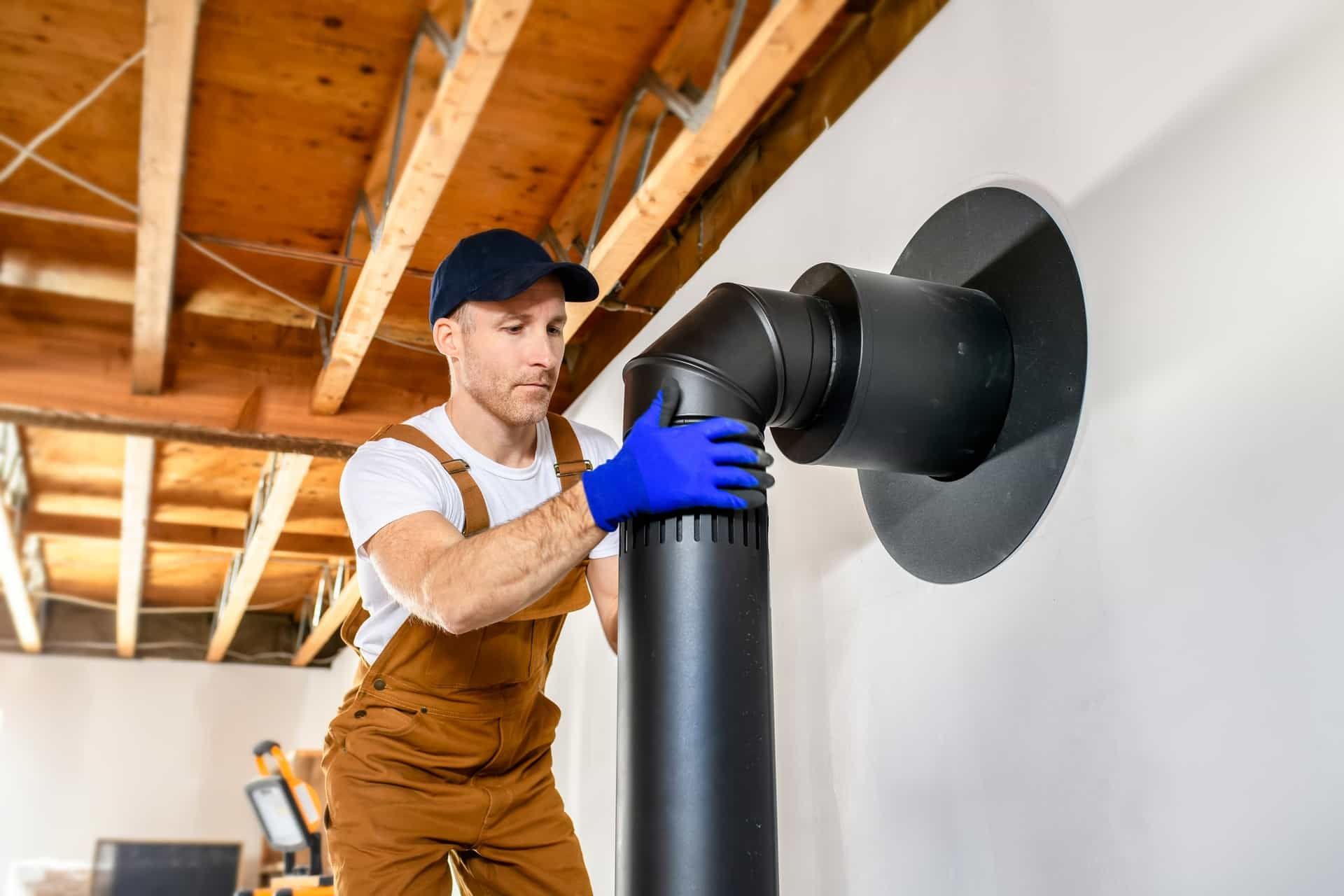How Does a Water Heater Work?
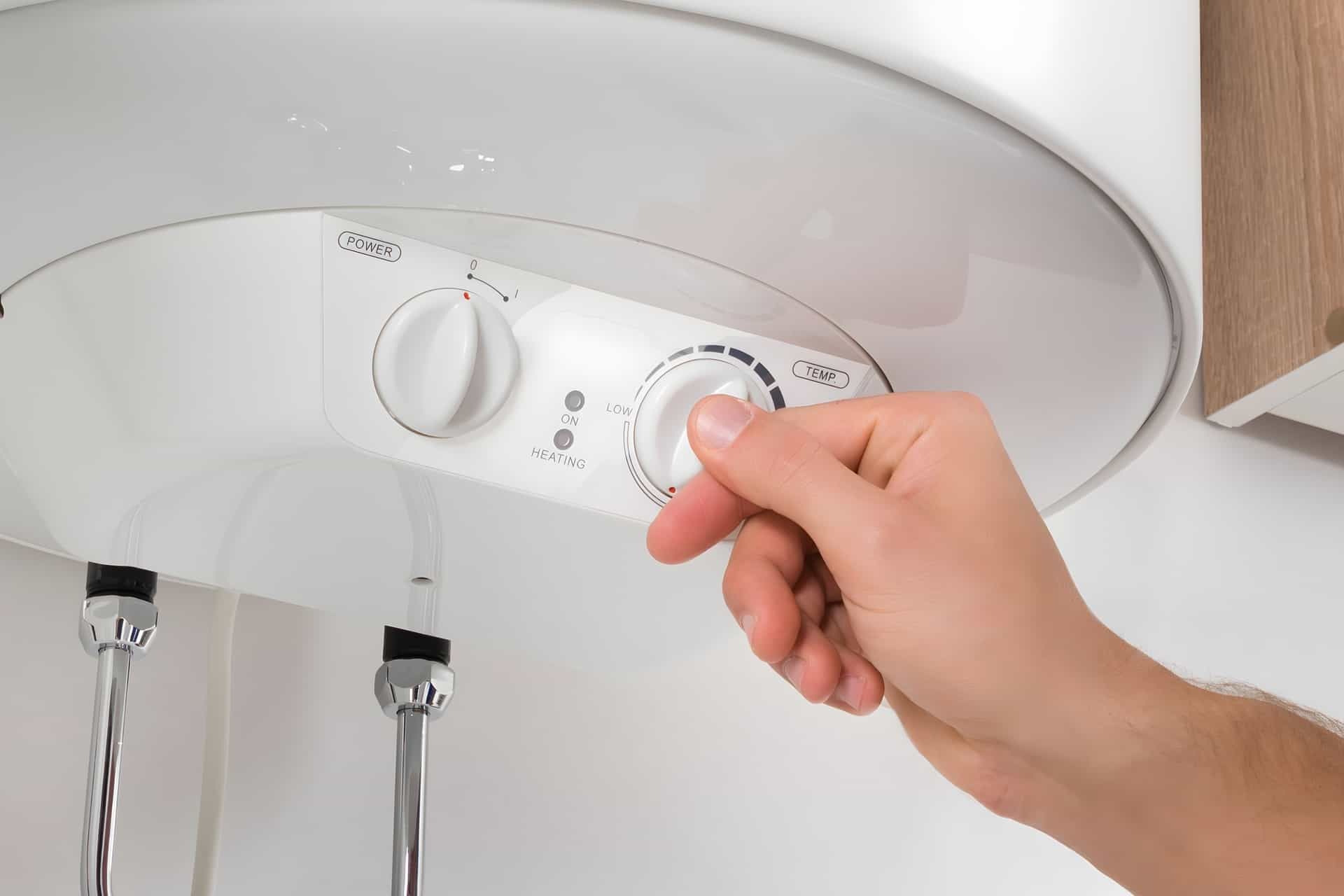
A water heater is an essential appliance in every home, providing hot water for showers, cooking, and cleaning. But have you ever wondered how it actually works? Whether you have a traditional hot water tank or a modern tankless system, understanding how your water heater functions can help you maintain it properly and know when it’s time for a Water Heater Replacement & Repair.
This guide will explain the different types of water heaters, how they operate, and tips for keeping them in good condition.
Types of Water Heaters
Before diving into how a water heater works, it’s important to understand the different types available. The most common types include:
- Storage Tank Water Heater: This is the traditional hot water tank system found in many homes. It heats and stores water in a tank, keeping it ready for use at any time. Available in gas and electric models, these heaters are widely used due to their simplicity and cost-effectiveness.
- Tankless (On-Demand) Water Heater: Instead of storing hot water, it heats water only when needed. This design saves energy by not keeping a supply of hot water heated continuously. Also available in gas and electric models, tankless systems are known for their energy efficiency and longer lifespan, often up to 20 years.
- Other Types: There are also solar, heat pump, and hybrid models available, which offer alternative energy sources and efficiency benefits. Solar water heaters use sunlight to heat water, while heat pump models use heat from the air or ground. Hybrid models combine different technologies for optimal performance.
Each type has its own advantages and disadvantages, but they all serve the same purpose—providing your home with hot water.
How a Storage Tank Water Heater Works
A storage tank water heater consists of a large insulated tank that holds and heats water. Here’s how the process works:
- Cold Water Enters the Tank: Water enters the heater through a dip tube at the top of the tank. The dip tube directs the cold water to the bottom of the tank, where the heating process begins.
- Heating the Water:
- Gas Water Heaters: These use a burner at the bottom of the tank to heat the water. A thermostat monitors the water temperature and activates the burner when needed.
- Electric Water Heaters: Instead of a burner, electric models use heating elements inside the tank to warm the water.
- Hot Water Rises to the Top: As the water heats up, it naturally rises to the top of the tank. When you turn on a faucet or shower, hot water is drawn from the top of the tank while new cold water enters from the bottom.
- Maintaining Temperature: To keep water hot, the heater has insulation around the tank. A thermostat ensures that the water stays at the set temperature, turning the heater on and off as needed.
- Venting (Gas Heaters Only): Gas water heaters require proper venting to remove combustion gases like carbon monoxide. These gases exit through a vent pipe, which must be properly maintained for safety and comply with local building codes.
How a Tankless Water Heater Works
A tankless water heater, also called an on-demand water heater, heats water only when you need it. Here’s how it operates:
- Cold Water Enters the Unit: When you turn on a hot water tap, cold water flows into the heater.
- Water is Heated Instantly:
- Gas Tankless Heaters: A powerful burner rapidly heats the water.
- Electric Tankless Heaters: High-powered electric coils heat the water as it passes through. Because the system heats water only when needed, it eliminates standby heat loss, making it more energy-efficient.
- Hot Water Travels to the Faucet: Within seconds, hot water is delivered to your faucet or shower. The process continues until you turn off the tap.
- System Shuts Off: Once you stop using hot water, the unit turns off, conserving energy.
Signs You Need a Water Heater Replacement & Repair
A well-maintained water heater can last for many years—traditional tank models typically last around 10 years, while tankless models can last up to 20 years. However, over time, problems can arise. Here are some signs that your water heater may need repair or replacement:
- Not Enough Hot Water: If your hot water runs out too quickly, your heating elements or thermostat may be faulty. In a tankless system, sediment buildup or a clogged filter could be causing the issue.
- Water Takes Too Long to Heat: A failing heating element in an electric unit or a burner issue in a gas model could be the cause. In tankless systems, a lack of maintenance can slow down heating performance.
- Strange Noises: Rumbling or popping noises indicate sediment buildup in a hot water tank. Flushing the tank can help, but if the problem persists, replacement may be necessary.
- Leaks Around the Water Heater: A leaking hot water tank often signals a serious issue, such as corrosion or a faulty pressure relief valve. Small leaks can sometimes be repaired, but major leaks usually require replacement.
- Discolored or Rusty Water: If your hot water appears brown or rusty, your tank may be rusting from the inside. In tankless models, mineral buildup could be affecting water quality.
- Bad Odors from the Water: A rotten egg smell often indicates bacterial growth inside the tank. Flushing the tank and treating it with hydrogen peroxide can help eliminate the odor.
- Higher Energy Bills: If your water heater is using more energy than usual, it may be losing efficiency due to aging parts or sediment buildup. Upgrading to a newer, more efficient model can help save on energy costs.
Tips for Maintaining Your Water Heater
Regular maintenance can extend the life of your water heater and keep it working efficiently. Here are some tips:
- Flush the Tank Annually: Over time, minerals and sediment build up inside a hot water tank. Flushing the tank at least once a year can help prevent this.
- Check the Anode Rod: The anode rod prevents rust inside the tank. Replacing it every 3-5 years can extend your heater’s lifespan.
- Test the Pressure Relief Valve: This safety feature prevents excessive pressure buildup. Testing it once a year ensures it’s working properly.
- Insulate the Tank and Pipes: Adding insulation helps retain heat, reducing energy costs and improving efficiency.
- Keep the Area Around the Heater Clear: For safety reasons, keep flammable materials away from the water heater, especially gas-powered models.
- Schedule Professional Inspections: Having a professional inspect your water heater annually can catch small problems before they become major issues.
Conclusion
Understanding how a water heater works can help you keep it running efficiently and recognize when it needs maintenance or replacement. Whether you have a traditional hot water tank or a tankless system, proper care is key to ensuring a reliable supply of hot water in your home.
If you need professional Water Heater Replacement & Repair, contact our team at
GNV Heating and Air Conditioning today.
Disclaimer: The information on this website and blog is for general informational purposes only and is not professional advice. We make no guarantees of accuracy or completeness. We disclaim all liability for errors, omissions, or reliance on this content. Always consult a qualified professional for specific guidance.

